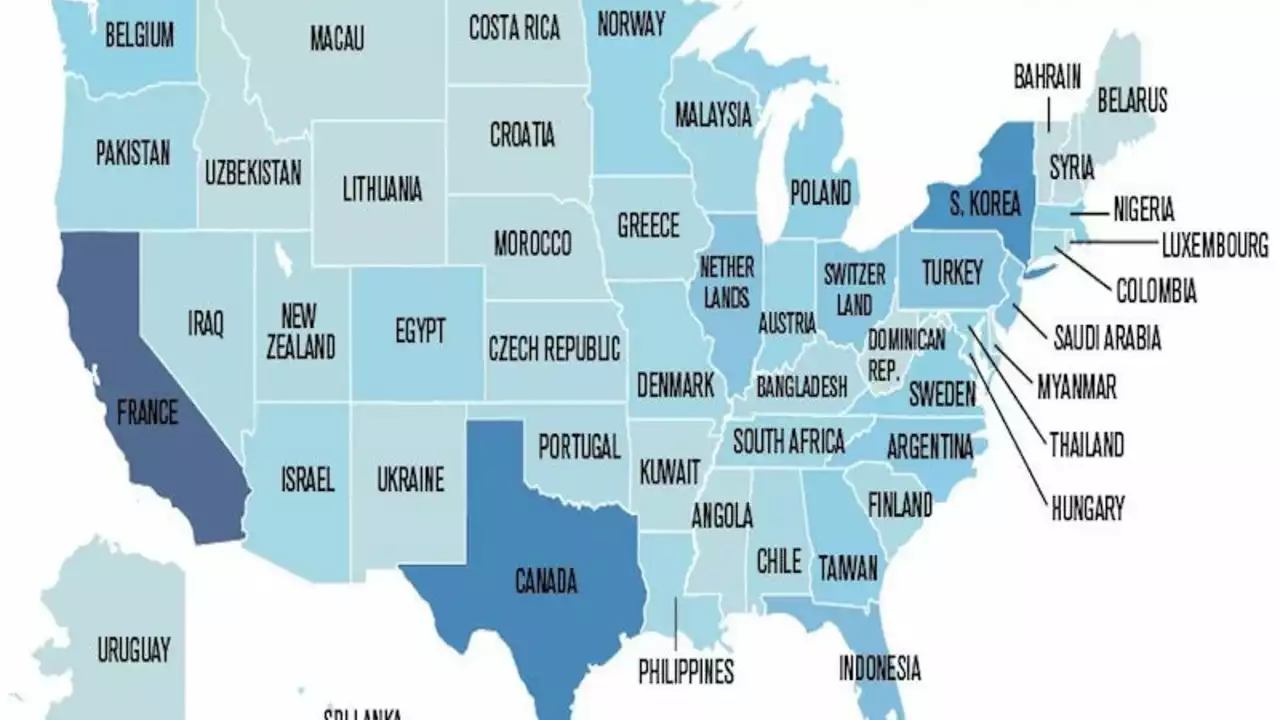International Living: Singapore vs US – Which Is Better for Indians?
If you’re an Indian thinking about moving abroad, the first question is often ‘where should I go?’ Two names pop up a lot: Singapore and the United States. Both promise good pay, safety, and a modern lifestyle, but they feel very different once you look under the surface. Below we break down the main factors that matter most when you’re choosing a new home.
Job Opportunities and Career Growth
The US is huge when it comes to job variety. Tech hubs like Silicon Valley, finance centers in New York, and research labs in Boston give you a lot of options, especially if you have a degree from a reputable university. Salaries tend to be higher, but they can be offset by taxes and benefits that differ from state to state.
Singapore, on the other hand, is a smaller market but it’s very focused on finance, biotech, and logistics. Companies here often look for talent that can work in a fast‑paced, multilingual environment. The salary range may be lower than the US, yet the government offers attractive tax rates and strong social security benefits, which can make the overall package feel competitive.
Cost of Living and Lifestyle
Living costs in Singapore are steep, especially when it comes to housing. A one‑bedroom apartment in the city centre can eat up a big chunk of your paycheck. On the plus side, public transport is cheap, food is affordable at hawker centres, and you get clean streets and safe neighborhoods.
The US varies a lot. Cities like New York or San Francisco are pricey, while places in the Midwest or South can be much cheaper. Health care is a major expense unless your employer provides good insurance. Lifestyle options are endless – you can find everything from mountain hikes to beach towns within a few hours’ drive.
Both countries have strong Indian communities. Singapore’s Indian population enjoys cultural festivals, Indian groceries, and temples that make the transition smoother. In the US, Indian neighborhoods are spread out, but you’ll find Indian restaurants, cultural clubs, and networking groups in most major cities.
Visas are another practical piece of the puzzle. The US work visa process can be lengthy and tied to a specific employer. Singapore’s Employment Pass is relatively straightforward for skilled workers and often comes with a clear path to permanent residency if you stay long enough.
Education for kids is a factor many families weigh. Singapore’s public schools are highly ranked, and private international schools are plentiful, though pricey. The US offers a wide range of public and private schools, with many excellent college prep options, but quality can vary by district.
In short, if you chase a fast‑moving career in tech, finance, or research, and you like the idea of a compact, safe city, Singapore might be the better fit. If you prefer a larger market, higher salaries, diverse landscapes, and are ready to navigate a more complex tax and health‑care system, the US could be the right choice. Your decision ultimately comes down to which factors matter most to you – salary, lifestyle, community, or long‑term residency options.
Take some time to list your priorities, compare them against the facts above, and talk to expats who have already made the move. That way you’ll have a realistic picture and can choose a country that aligns with your personal and professional goals.
